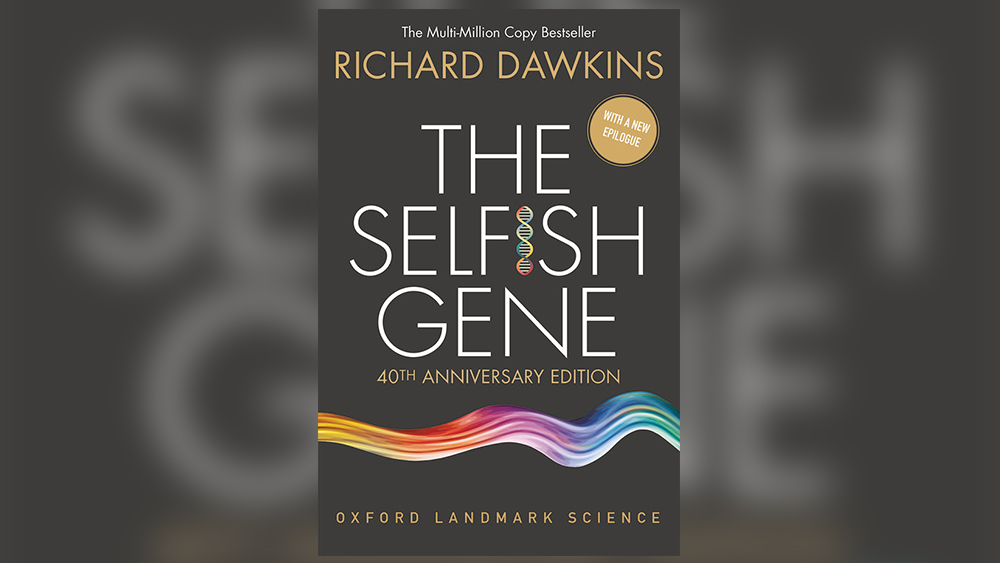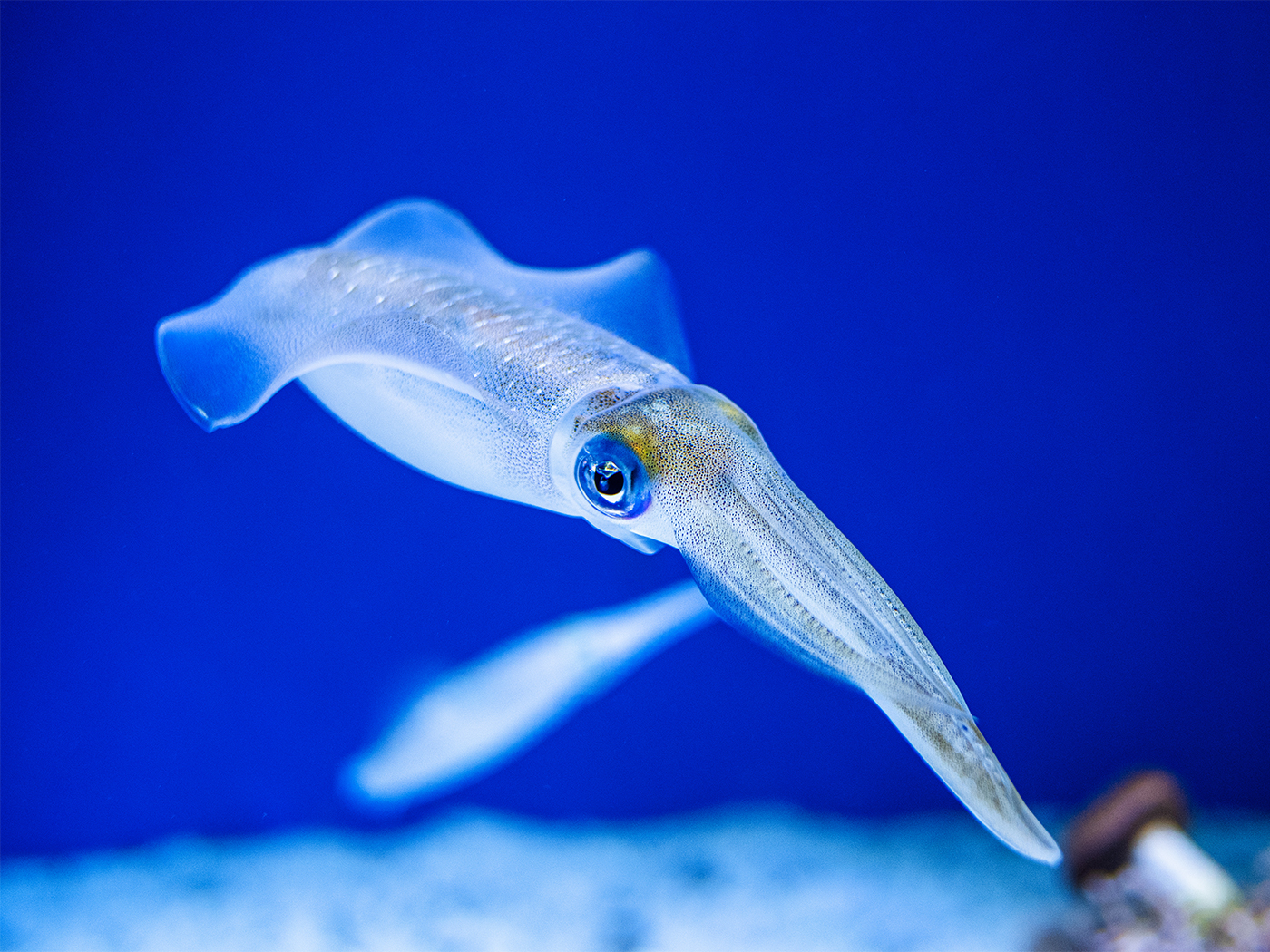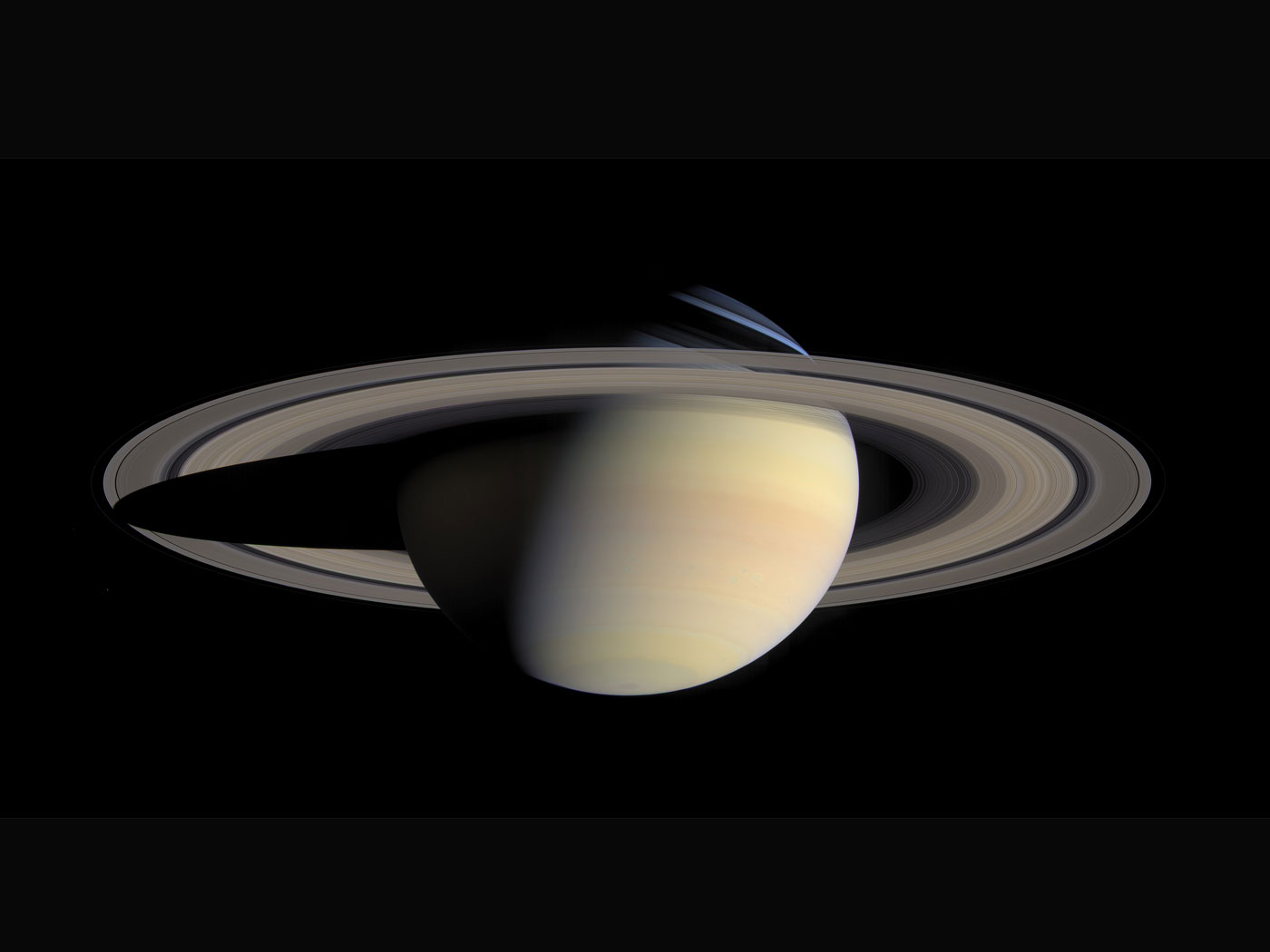Atheist-inclined biologists thought The Selfish Gene provides satisfactory naturalistic explanations for biology’s apparent purposeful features. Most could see that creatures have microscopic molecular machines, tissues, and organs which give every indication that they function for a purpose. Creatures also seem to endlessly engage in goal-directed behaviors. As Philip Ball at Chemistry World opines, Dawkins asserts that the reason organisms have parts appearing like they were designed for a purpose, and why they are driven to do what they do, is because they are “survival machines” whose purpose is to act solely as a vehicle to perpetuate their “selfish,” self-replicating genes. Per Dawkins, selfish genes control what traits creatures possess in their ceaseless struggle to survive.
One science historian observed that almost everything that Darwin wrote about in his evolutionary theory may be seen as a succession of metaphors and analogies.2 Dawkins follows this tradition. In The Selfish Gene, an organism’s DNA is personified to be a group of ambitious microscopic agents with the selfish purpose of replicating themselves essentially at all costs. Ball adds,
Dawkins’ language, both here and elsewhere, conveys the sense of genes as individual units swimming in a broth of other units and competing with one another. The notion that genes are ‘selfish’ relies on that image…[which] has left many readers with the impression that this synthesis posits a pool of genes battling it out: the one for hydrogenase, say, landing furious punches on the one for keratin.
Dawkins’ other metaphor portrays organisms as passive intergenerational vehicles carrying selfish genes.
One major problem is with Dawkins’ basic premise. He believes that genes should somehow hold a status of their own—just like the organism they are a part of. Darwin’s selection concept “acts on” reproductive organisms where the “fittest” are the ones surviving deadly competitive struggles. Ball notes that Dawkins believes that genes themselves can be similarly “selected” since “the gene ‘is on its own as a ‘replicator,’ with its own unique status as a unit of Darwinian selection.’”
But where did Dawkins ever come up with the idea that genes are their own replicators, and that they somehow rule over the rest of the organism? Dawkins’ reasoning is like an aviation enthusiast arguing that the engines of a commercial airliner deserve a special status apart from the wings and the fuselage—as if the aircraft could somehow fly while missing any of it vital parts. Ball astutely points out the scientific error of Dawkins’ claim,
I will go out on a limb and say that I don’t believe anyone has ever observed a gene, as a discrete and autonomous unit, make an exact copy of itself…It is not clear that a gene can be considered, from a chemical point of view, a replicator…[thus] once you accept that genes are not autonomous replicating…you lose any plausible sense of selfishness, even metaphorically.
Ironically, Ball’s scientific assessment is consistent with the biblical description of living things “whose seed is in itself” (Genesis 1:11-12) which treats the seed and the organism working together as a functional unit—without conferring any special status to either one as in Dawkins’ inaccurate characterization.
Ball hits on another key observation which raises questions about “selection” being another one of Darwin’s misleading analogies versus it being a valid process. The problem lies in the dispute over the precise “unit” or “target” being “selected.” Ball frames the dispute as follows,
Perhaps Dawkins’ most trenchant statement to that effect was in an attack on Harvard biologist E. O. Wilson for the latter’s advocacy of group selection: the idea that natural selection works at the level of groups of organisms (and presumably at other levels in the biological hierarchy from gene to ecosystem). This challenges Dawkins’ gene-centred view.
This longstanding dispute isn’t a trivial argument over semantics. In engineering or manufacturing processes, if something is being worked on, or selected out from the process, it is clearly specified and observable. If natural selection is a well-defined process, then what the process works on should be unmistakable and observable. But, as Ball observed with Wilson and Dawkins, what individual evolutionists see natural selection “select” is contradictory.
Dawkins claims, “A gene is defined as any portion of chromosomal material that potentially lasts for enough generations to serve as a unit of natural selection.”3 In contrast, fellow Oxford Professor, Denis Noble insists, “We must shift our focus away from the gene as the unit of selection to that of the whole organism.”4 Developmental biologist, Scott Gilbert asserts, “This may allow natural selection to favor ‘teams’ rather than particular individuals and may also privilege ‘relationships’ as a unit of selection.”5 Evolutionary biologist, Andy Gardner holds that natural selection acts on population groups (i.e., the gene pool) he dubs the “superorganism.”6 But Jerry Coyne argues that all these ideas are misguided, saying, “Adaptations always increase the fitness of the individual, not necessarily the group or the species. The idea that natural selection acts ‘for the good of the species,’ though common, is misguided.”7 Nevertheless, British evolutionary biologist Deborah Charlesworth recently contradicted Coyne, stating, “Others have questioned whether the individual is the sole and appropriate ‘target’ of selection or whether other levels of selection at supra- and infra-individual levels also need to be included in selectionist scenarios.”8
Caught with one finger in each pie, Harvard’s Ernst Mayr appears to be very misguided when he wrote,
However, in addition to the individual, a group can also be the target of selection if it is a social group and cooperation within this group enhances its survival. Finally, gametes are also directly exposed to selection and different gametes produced by the same individual may differ in their ability to achieve fertilization.9
Anyone skeptical of the notion of “selection” may question if the process works exclusively on individuals, or does it instead work on teams, groups, relationships, gametes, and genes? Can any selectionist say for certain? Real processes consist of real events, but an elusive “unit of selection” calls into question if a bona fide selection event actually happens.
Evolutionary theory seems to advance by metaphors. Dawkins’ selfish gene now looks like it may be selected against. As New Scientist reports, two evolutionists envision a new metaphor of their own to groom the minds of this generation’s graduate students,
Forty years ago, Richard Dawkins’ book The Selfish Gene popularized the notion that the gene, rather than the individual, was the true unit of evolution. That view has dominated evolutionary genetics ever since. But in The Society of Genes, biologists Itai Yanai and Martin Lercher say that it’s time to replace the selfish-gene metaphor with a new one that focuses on relationships.10
A straightforward, metaphor-free explanation is that creatures look designed because they are designed. ![]()
A straightforward, metaphor-free explanation is that creatures look designed because they are designed. They are active, problem-solving entities that express traits which solve myriads of environmental challenges. This enables them to rapidly fill new environmental niches…just as described in Genesis 1.
References
- Sallam, H. M. Rethinking Replication. Posted on chemistryworld.com February 12, 2018, accessed February 13, 2018.
- Hodge, M. J. S. 1992. Natural Selection: Historical Perspectives. Keywords in Evolutionary Biology. Cambridge, MA: Harvard University Press, 214.
- Dawkins, R. 1976. The Selfish Gene. Oxford: Oxford University Press, 28.
- Noble, D. 2008. Genes and Causation. Philosophical Transactions of the Royal Society A. 366 (1878): 3012.
- Gilbert, S. F. and D. Epel. 2009. Ecological Developmental Biology: Integrating Epigenetics, Medicine, and Evolution. Sunderland, MA: Sinauer Associates, 370.
- Gardner, A., A. Grafen. 2009. Capturing the superorganism: A formal theory of group adaptation. Journal of Evolutionary Biology. 22 (4): 660.
- Coyne, J. A. 2009. Why Evolution Is True. New York, NY: Viking, 121. (emphasis in original)
- Charlesworth, D., N. Barton, B. Charlesworth. 2017. The sources of adaptive variation. Proceedings of the Royal Society B. 284 (1855): 20162864.
- Mayr, E. 2001. What Evolution Is. New York, NY: Basic Books, 280.
- Holmes, B. The Society of Genes: Time for a subtler picture of evolution. New Scientist. Posted on newscientist.com January 13, 2016, accessed February 28, 2018.
*Randy Guliuzza is ICR’s National Representative. He earned his M.D. from the University of Minnesota, his Master of Public Health from Harvard University, and served in the U.S. Air Force as 28th Bomb Wing Flight Surgeon and Chief of Aerospace Medicine. Dr. Guliuzza is also a registered Professional Engineer.






















